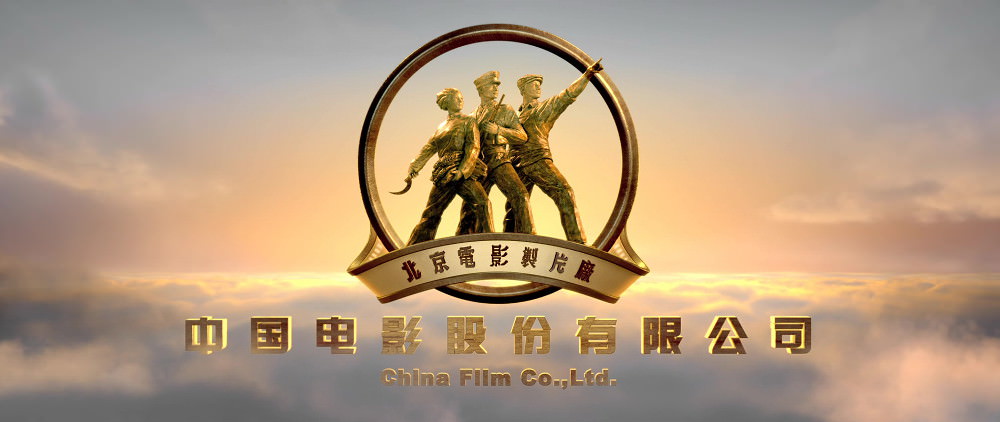China Film Group Corporation


China
The China Film Group Corporation (CFGC, Zhongguo dianying jituan gongsi) begins its history with the establishment in 1951 of the China Film Management Corporation (Zhongguo yingpian jingli gongsi). The China Film Management Corporation was renamed as the China Film Distribution and Exhibition Corporation in 1958 and subsumed as part of the new China Film Corporation (CFC) in 1971 (Yeh & Williams 2008, 39). The newly established CFC functioned as a state-owned monopoly in control of film distribution and exhibition within China. During China’s reform period following the death of Mao Zedong in 1976, the China Film Co-Production Corporation (CFCC) was established in 1979, as the authority in charge of coordinating co-production of films between Chinese and foreign companies. In this period, Rui Zhang (2008, 22) claims that film attendance statistics showed 29.3 billion visitors to the cinema in 1979 alone, at an average of 30 films viewed per person. Yeh and Williams (2008, 46) write that “Under official mandate CFCC established film trade relations with several countries and regions, through co-production treaties, logistical assistance and administrative assistance in location shooting.” In addition to organising and promoting co-productions, the CFCC is also responsible for the review (or censorship) of scripts for proposed projects.
Prior to China joining the World Trade Organization (WTO) in 2001, the former Ministry of Radio, Film and Television (MRFT) was restructured in 1998 as the State Administration of Radio, Film and Television (SARFT, now SAPPRFT). The China Film Group Corporation (CFGC) was incorporated under SARFT in 1999, amalgamating eight former state-owned entities, including China Film Corporation, Beijing Film Studio, China Youth Film Studio, China Film Co-Production Corporation, China Film Equipment Corporation, China Movie Channel, Beijing Film and Video Laboratory, and Huayun Film and TV Compact Disc Co. Ltd. This consolidation strengthened state control over coordination of the film industry’s production, distribution, and exhibition chains (Yeh & Williams 2008, 42). The China Film Import and Export Corporation is a subsidiary of the CFGC but operates as a sole agency in relation to the agreement originally established between the CFGC and the US in 1999 to allow 20 foreign films to be imported into China each year. This agreement was renegotiated in 2012 to increase this quota to 34, and is under further negotiation in 2017. The CFGC is one of only two importers of foreign films into mainland China, along with the state-run Huaxia Film Group (Johnson 2012, 173). This is despite a 1999 ruling by the WTO against China’s requirement that foreign studios be required to use state-owned Chinese companies to distribute their films within the Chinese market (Rosen 2013, 199). The China Film Group Corporation has also been responsible for negotiating agreements with the Motion Picture Association of America (MPAA) regarding the auditing of Chinese theatres’ box office figures and for increasing the quota of imported movies, such as during President Xi Jinping’s 2015 visit to the United States. – Liam Grealy
Further reading:
– Johnson, M. (2012). Propaganda and censorship in Chinese cinema. In Y. Zhang (ed.) A Companion to Chinese Cinema, (pp.153-178). Malden & Oxford: Blackwell Publishing.
– Rosen, S. (2012). Film and society in China: The logic of the market. In Y. Zhang (ed.) A companion to Chinese cinema, (pp. 197-217). Malden & Oxford: Blackwell Publishing.
– Yeh, E.Y.-Y. and Davis, D.W. (2008). Re-nationalizing China’s film industry: Case study on the China Film Group and film marketization. Journal of Chinese Cinemas. 2(1): 37-51.
– Zhang, R. (2008). The cinema of Feng Xiogang: Commercialization and censorship in Chinese cinema after 1989. Hong Kong: Hong Kong University Press.